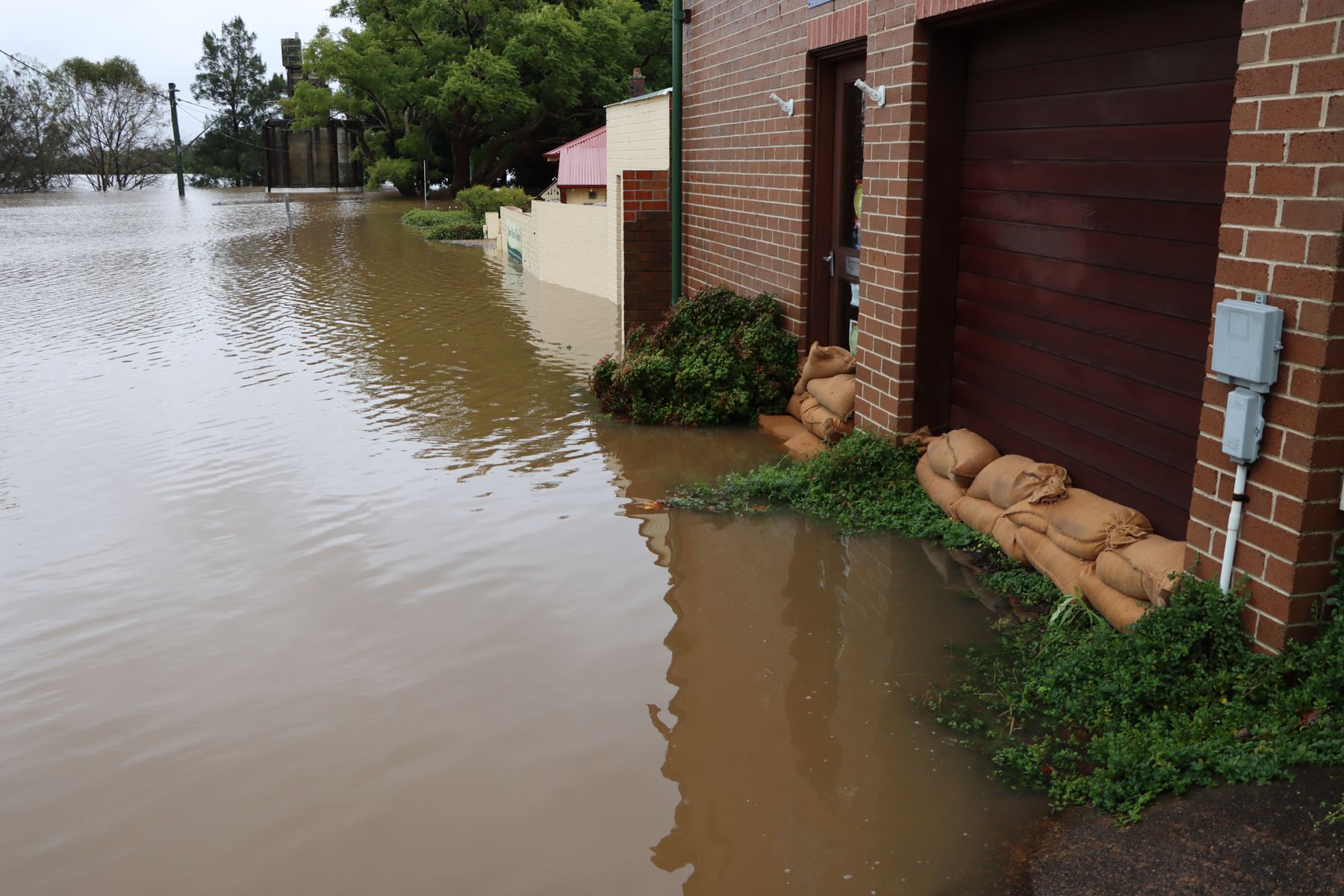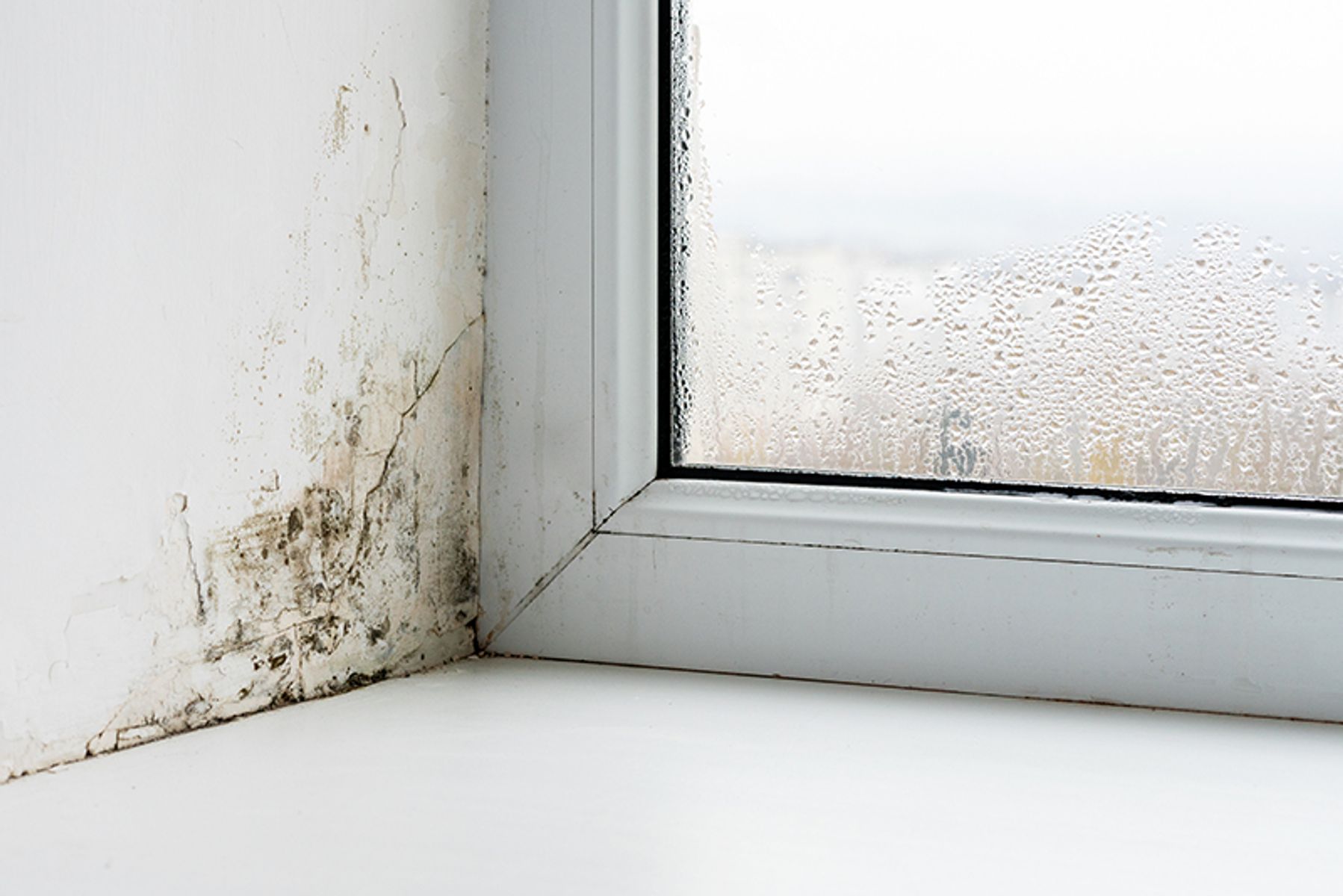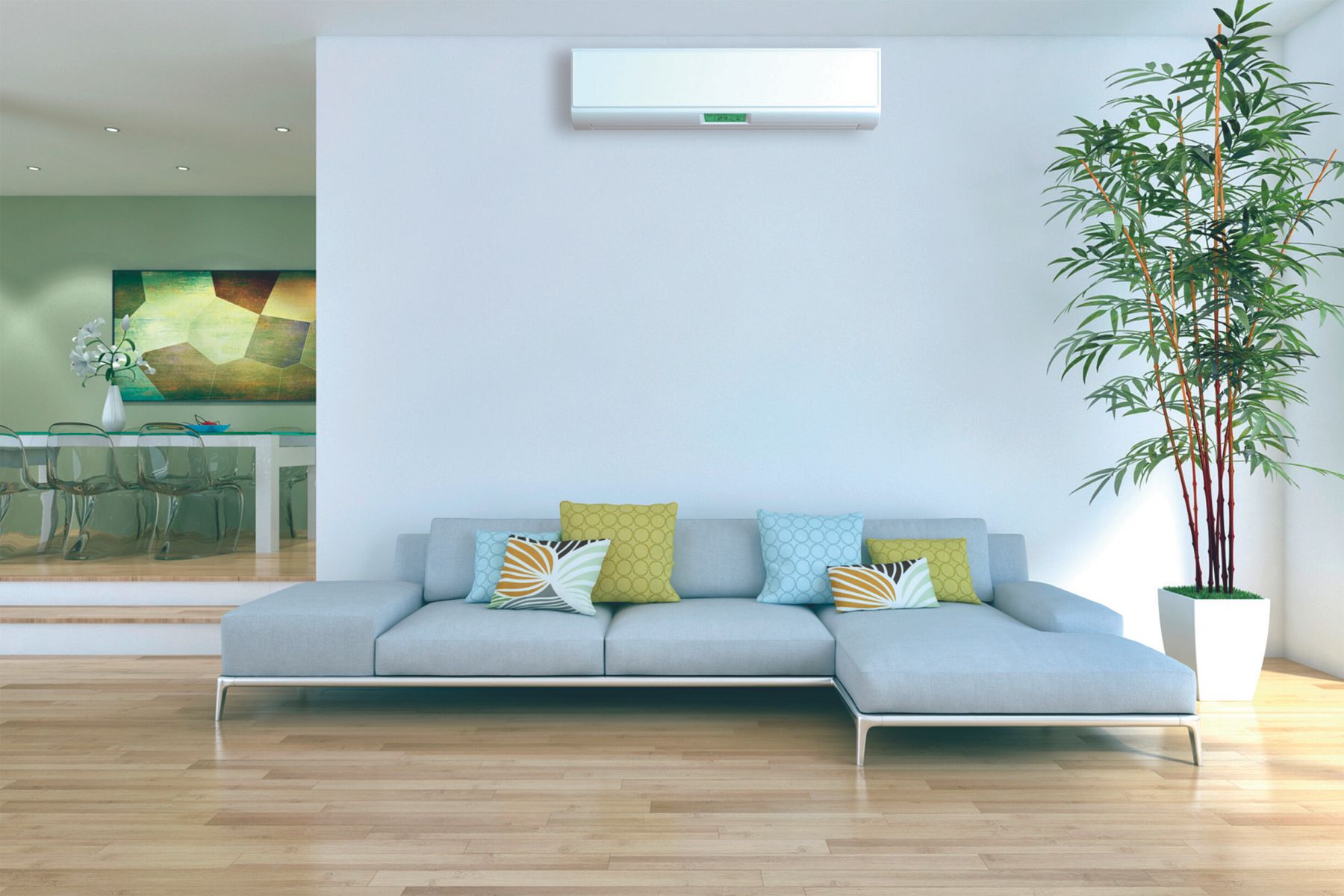Our yearnings for long hot Australian summers are becoming a thing of the past, with La Niña’s annual visits becoming a frequent occurrence. For Rental Providers and Renters, the unseasonal wet weather and humidity require sharper attention to detail and a clearer understanding of individual responsibilities.
Mould in particular can proliferate under La Niña’s spell, impacting a Rental Provider's investment as well as the health of Renters, if left unchecked. Mould grows indoors in wet or damp areas lacking adequate ventilation and light. In conditions of increased rainfall or humidity, mould growth accelerates and will spread rapidly as long as viable conditions exist.
What do Rental Providers and Renters need to know about their responsibilities?
Residential Rental Providers have a responsibility to ensure a property meets health and safety laws. They also must provide adequate ventilation as a minimum requirement for a property to be fit for habitation.
Renters are responsible for notifying the Rental Provider or Agent at the first signs of mould or dampness in the property. Identifying it early on is the key to preventing much bigger problems later on, and the inability to do so can also determine liability further down the track.
Responsibility for mould-related issues will depend on how it developed in the first place, where it’s located, and what was done by whom once it was discovered. Mould that is found in a location that has inadequate ventilation available, or on a fitting or fixture that was defective will lie in the Rental Providers hands.
WHAT CAN I DO TO REDUCE MOULD IN MY PROPERTY?
Pre-existing mould
Mould that develops quite soon after a tenancy begins will usually be considered pre-existing and be up to the Rental Provider to resolve. However, where home Renters are not using the supplied ventilation – such as bathroom fans or windows in rooms prone to damp – the resolution of the mould problem will be with them.
Mould can cause serious health and respiratory issues
Mould has been associated with respiratory illness and can cause serious health problems. If the mould is causing a danger to the health of Renters or other occupants, then this may be considered an urgent repair.
When the condition report is completed at the start of the tenancy, close attention should be paid by both parties to the section on mould, and a thorough inspection for any trace of mould is advised. The inclusion of mould on the condition report should not dissuade Rental Providers or Renters from their responsibilities of keeping the property in a reasonable state of repair. Local councils or public health units can provide advice about the prevalence and health risks of mould in your area.
WHY IS MOULD GROWING IN MY HOME?
Speak to your First National Neilson Partners Property Manager
As always, communication is key. First National Real Estate has led the real estate industry, conducting dozens of media interviews nationally to alert tenants to the impending issues we anticipate will occur because of another summer of La Niña weather conditions.
Part of our message is that communication is key. We’re encouraging Renters to let their property manager know the moment that mould seems to become a persistent problem, so we can respond before it becomes a health issue.
Equally, early advice to us enables us to establish if a more serious structural problem is affecting your property. If left unchecked, this sort of issue can lead to expensive damage that is the Rental Provider's responsibility.
Please speak to your First National Real Estate Neilson Partners property manager if you have any concerns about mould in your home.








